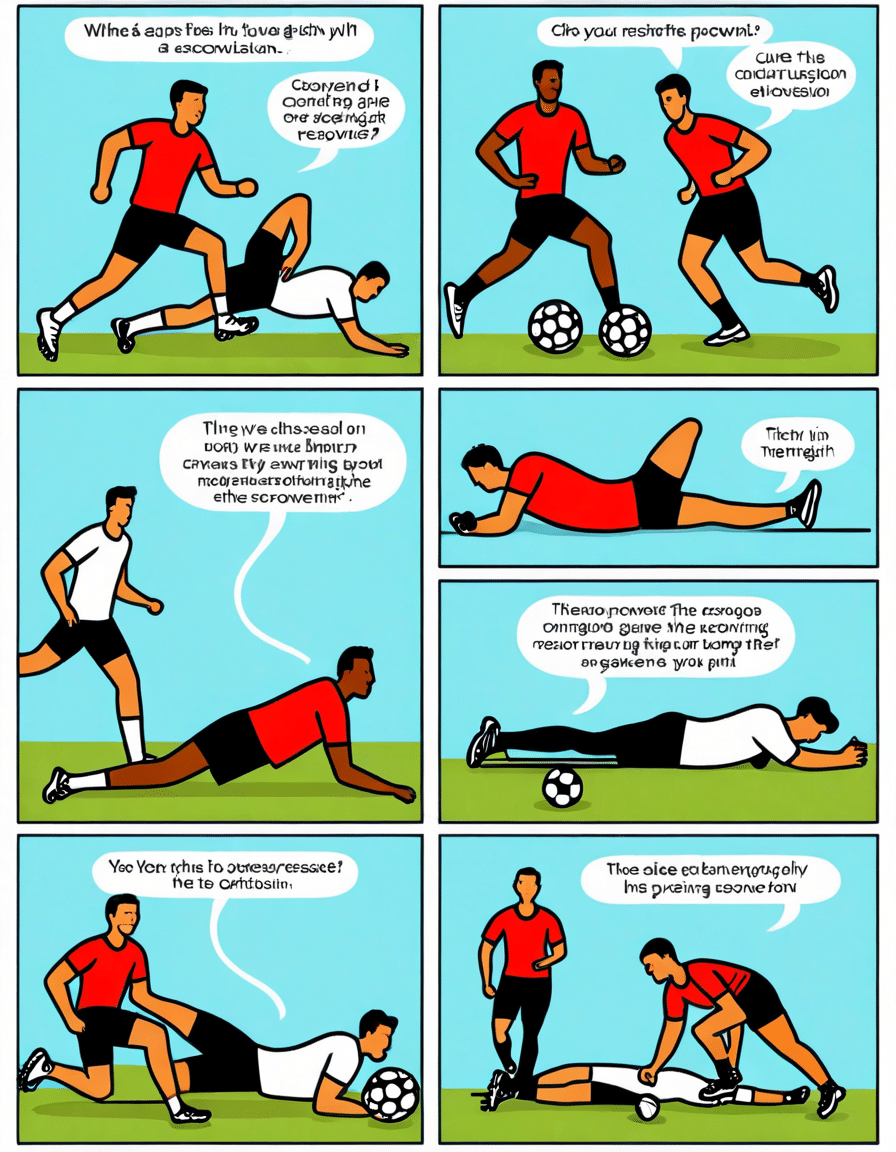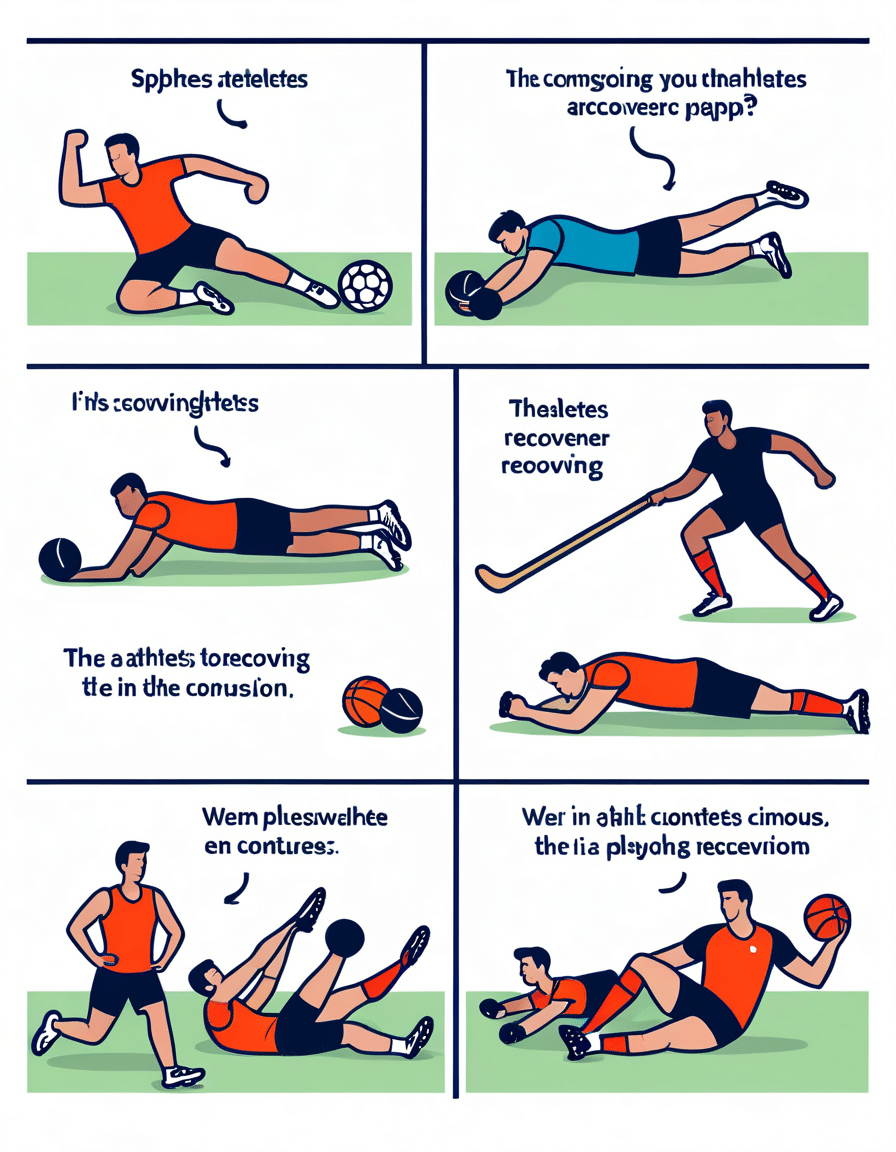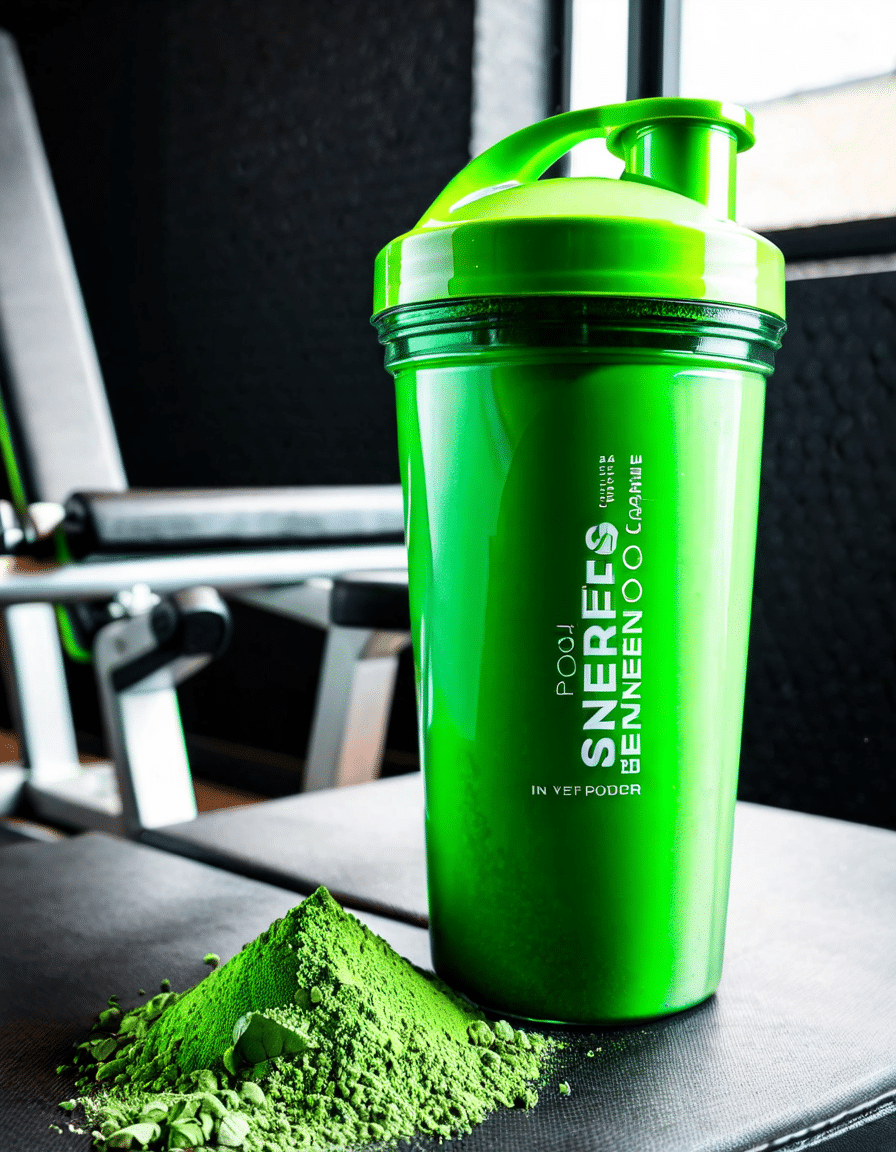Understanding medical terminology can be crucial for athletes who need to make informed decisions about their health and recovery. One term that frequently pops up in sports medicine is “contusion.” This article dives deep into the contusion meaning and explores its implications for athletes’ performances, recovery, and overall health. So, if you’re looking to push your game to the next level, you need to know what a contusion really is.

7 Key Aspects of Contusion Meaning for Athletes
Athletes should familiarize themselves with the ins and outs of contusions because they can significantly affect training and injury management. Here, we outline seven critical facets of contusion meaning that every athlete should understand.
1. Definition of Contusion Meaning
A contusion is a medical term that refers to a bruise caused by blunt force trauma; it damages the small blood vessels under the skin. The result? Swelling, discoloration, and that deep ache you may feel when you bump into something hard. Recognizing this definition is essential for athletes aiming to grasp the potential seriousness of a contusion and its implications for their performance. Once you understand the contusion meaning, you can proceed with a game plan to get back in the game faster.
2. Symptoms and Diagnosis of Contusions
The primary symptoms of a contusion include swelling, pain, discoloration, and restricted mobility in the affected area. If you find yourself wincing when you try to move, you may have a contusion on your hands. Athletes should take these symptoms seriously—don’t just shrug them off. A medical professional can diagnose a contusion through a physical examination and, if necessary, imaging tests like X-rays or MRIs. These steps are especially crucial in high-impact sports like football or rugby, where injuries are all but inevitable.
3. Contusion Meaning in Sports Recovery Protocols
Understanding recovery protocols tied to contusions can significantly influence an athlete’s return to play. The classic approach is the R.I.C.E method: Rest, Ice, Compression, and Elevation. Additionally, innovative recovery technologies like cryotherapy and compression therapy have become mainstream. Just look at the NBA’s Miami Heat; they employ cutting-edge techniques to manage player injuries and ensure athletes can bounce back to peak performance swiftly.
4. The Risk Factors: When to Worry About Contusions
While most contusions are mild and heal without complications, you should be mindful of serious ones. Complications such as compartment syndrome or deep tissue injury can arise. Keep an eye out for red flags like increasing pain, persistent discoloration, or an inability to bear weight on the affected limb. Ignoring these warning signs can lead to lengthy recovery times and impact your athletic performance, which is the last thing any serious athlete wants.
5. Relating Contusion Meaning to Remission Meaning
Just as athletes need to grasp contusion meaning, familiarizing yourself with related concepts like “remission” is critical too. While remission meaning typically has ties to chronic illnesses, in the sports context, it refers to the period when an athlete is free from injury symptoms. Understanding when a contusion has healed and you’ve entered remission helps you make a better decision about safely resuming training. Trust me; you don’t want to rush back in only to face setbacks.
6. Senile Meaning: Understanding Aging and Contusions
Let’s face it: age matters in sports. “Senile” might refer to the deterioration or weakness of body functions due to aging, meaning older athletes face a higher risk of injuries like contusions. They tend to experience longer recovery times and may be more prone to severe bruising. Tailoring your training regimen becomes essential as you age, particularly in leagues like the NFL, where veteran players must adjust their techniques to match their body’s capabilities.
7. The Envious Meaning in Competitive Sports
In a competitive athletic setting, feelings of envy can creep in, especially when watching peers perform without injury. This envious meaning can morph into a negative mindset if you’re not careful. What’s important is to cultivate resilience and avoid allowing feelings of envy to derail your journey to recovery. Organizations like the Olympic Committee offer psychological support to help athletes cope with these feelings, which is vital for mental well-being.

Final Thoughts on Contusion Meaning for Athletes
Understanding the meaning of a contusion is foundational for any athlete striving for excellence. Knowledge of symptoms, proper assessment, and effective recovery methods can drastically reduce the disruptive impact of these injuries. Moreover, the connection to concepts like remission, senile implications, and the emotional side of competitive sports underscores the complexity of injury management.
So, get out there, stay educated, and don’t be afraid to push limits—but be smart about it! Equip yourself with the insights shared here, and remember: Getting shredded takes the right mindset. Embrace your journey, respect your body, and you’ll ensure long-term success in your sport. For an even deeper dive into related terms and concepts, check out additional articles like the one on delirium meaning or the analysis of enmeshed relationships in sports. Let’s keep pushing those limits, athletes!
Understanding Contusion Meaning: Fun Facts Every Athlete Should Know
When it comes to understanding contusion meaning, it’s a bit more than just having a bruise. A contusion occurs when blood vessels are damaged or broken due to trauma, leading to that familiar discoloration of the skin. Fun fact: athletes often say it helps them “earn their stripes,” as each bruise tells a story of grit and determination! Speaking of stories, while contusions might sound like a minor setback, some athletes have turned impressive injuries into memorable moments, like LSU’s Angel Reese, who has become a sports icon partly because of her fierce play despite bumps and bruises.
The Curiosity of Healing
Now, did you know that the healing process for contusions can vary widely depending on factors such as the location and severity? Athletes are often eager to get back on the field or court, but understanding the contusion meaning can help with smarter recovery. For instance, R.I.P. to the notion that ice works wonders for every injury! Ice might not be the go-to for a deep contusion, and using something like Meloxicam 75 could be a better choice to manage pain and inflammation. Just remember, every time you see those yellow and purple streaks, there’s a little tale of resilience behind them.
Trivia Nuggets Worth Knowing
Contusions aren’t exclusive to sports, either. They can happen in everyday scenarios—like bumping into furniture or, believe it or not, during wild canoeing trips in places like Beaver Lake, Arkansas, where folks have met unexpected challenges. So, next time you’re wondering why someone snoozes on an ice pack, you might just be part of their healing journey. And speaking of sudden surprises, athletes often find themselves in situations similar to the recent news from Taunton Daily gazette involving a local football player’s unfortunate but relatable battle with a contusion.
In every corner of sports or life, the contusion meaning resonates with everyone. From Sioux Falls, South Dakota skies to the vibrant stories of famous athletes, it’s a shared understanding of resilience and perseverance. Remember, it’s not just about the color of that bruise; it’s a badge of honor, showcasing tenacity in the face of adversity—who wouldn’t want to wear one proudly?



























